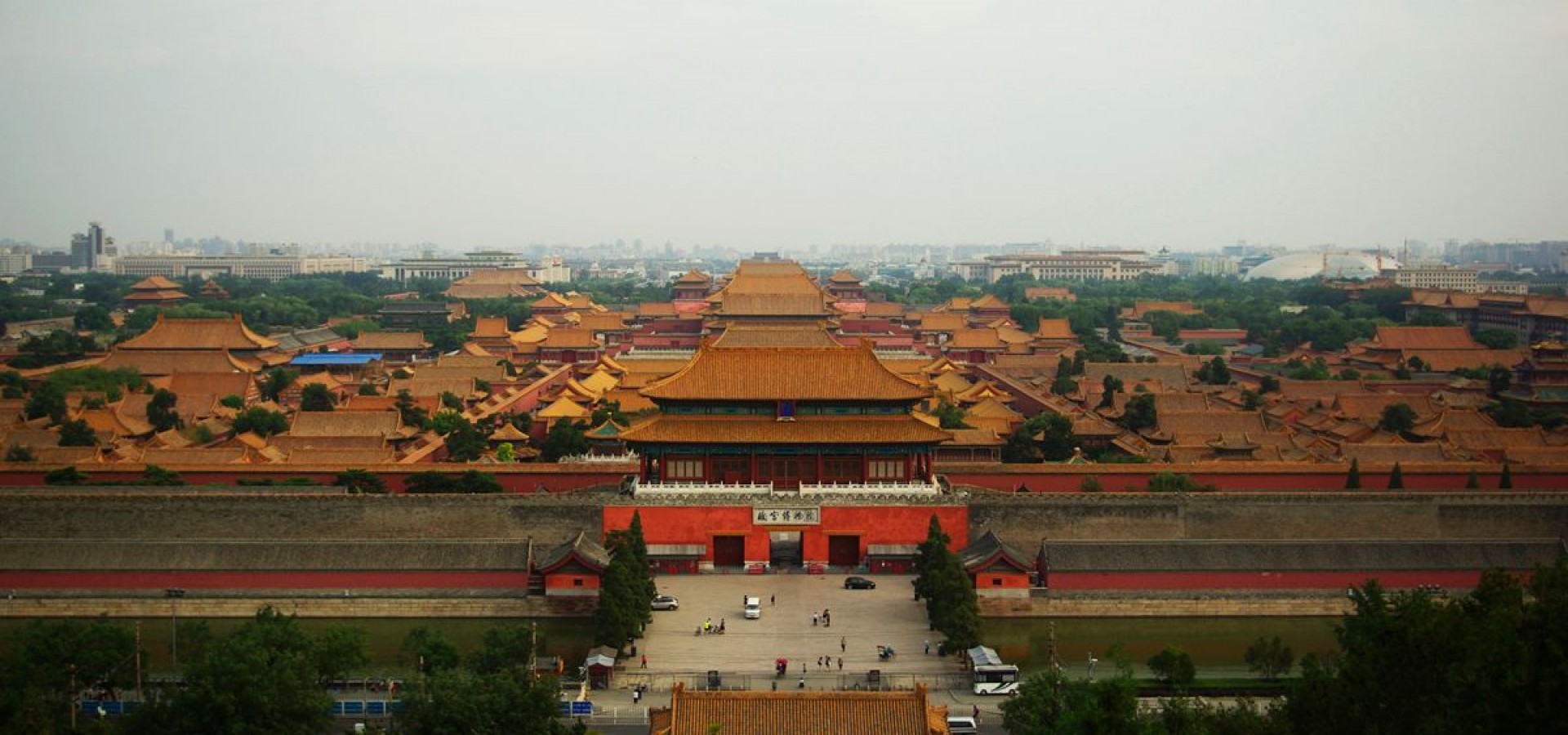Beijing; it’s funny how just one word can conjure up images of ancient Emperors clothed in silk, grand palaces bedecked with golden dragons, and the crispiest duck you’ll ever eat in your life!
In many ways, China’s capital has become synonymous with Chinese culture itself, and it’s hard to believe that the city may still hold any unseen nooks or crannies unexplored by the tourist eye. Yet scratch the surface of this urban metropolis and you might be surprised by what you find.
Even some of Beijing’s most popular attractions have their little secrets. Take, for example, the luxurious Forbidden City. The site sees millions upon millions of tourists every year, but many of them rarely venture past its preliminary buildings. With over 8,000 different rooms left to explore, there’s plenty of this colossal palace to go around. In fact, if you visit during the off-season, once you get past the midway point you might even find that you’ve got the place to yourself. What better way to imagine life as an Emperor than to sit in an empty room dripping with opulence?
Yet why take the chance and risk jostling with the crowds when you could visit a slice of ancient China that’s guaranteed to be virtually people-free? Beijing’s Hutongs may not have the prestige of the Forbidden City, but they certainly make up for it with their quiet charm. Hutongs are ancient streets that date back roughly to the Ming (1368-1644) and Qing (1644-1912) dynasties. Many of them have been kept in largely the same condition for over 800 years and local inhabitants have adopted a tranquil way of life that is almost alien to the fast-paced chaos of Beijing’s city streets. An old local saying states, “360 Hutongs are named, but the Hutongs without names are as plentiful as blackberries”. In short, you’ll be spoilt for choice when it comes to these cobblestone wonderlands.
From the cries of peddlers and the chattering of neighbours to the old quadrangle courtyards and the ancient temples, the Hutongs of Beijing will whisk you back to a time before skyscrapers, fast food, and even faster cars. And what’s more, with so many of them to choose from, you’ll most likely be able to enjoy these delights alone, with the exception of the locals of course. A myriad of colourful characters occupy these well-worn streets, including expert craftsmen, bird collectors, and even champion cricket fighters. Learning about the history of Beijing from a plaque on a wall is all well and good, but hearing about it from the Hutong’s inhabitants is an experience beyond compare.
But if you’re really sick of the crowds, or just people in general, why not escape the city altogether? After all, the Great Wall, China’s superlative architectural achievement, is but a stone’s throw away. Yet, when it comes to this 8,850-kilometres-long (5,500 miles) behemoth, choosing where to start is easier said than done. You could go to the Badaling section of the Great Wall, which is the closest to Beijing and the most popular. It is the most well-preserved section and it’s easy to walk on, but there’s a catch. On most days, this part of the wall is so crowded that it’ll feel like you’re personally fending off the Huns; a one man army against a sea of people.
Just a couple of hours outside of the city, the Mutianyu and Simatai sections of the Great Wall may not be as well-maintained, but there’s a sort of natural beauty to them that overrides the counterfeit perfection of Badaling. Overgrown with lush greenery and crumbling at the seams, these parts of the Great Wall simply breathe authenticity. Not to mention, you’ll most likely have these long stretches of wall all to yourself for miles and miles, with only a handful of passers-by to interrupt your unhindered panoramic view. But remember, if you spot an army of Huns on the horizon, you’re on your own!
We at TanSuo are travel professionals who focus on off-the-beaten-track destinations throughout Asia. Want to experience the secret side of Beijing? Need some help booking a room in a Tulou hotel, one of the last ancient fortresses of the Hakka people? Or just looking for some tips on hiking Mount Hua, the most dangerous mountain in China? Well, we’re here to help! We use our expert knowledge to support you on your trip to some of the most beautiful, culturally enriching, and historically significant places in Asia. So, if you’d like to read more about the hidden gems of Beijing or some of the other obscure travel destinations that can be found throughout China, please be sure to visit our website here.




